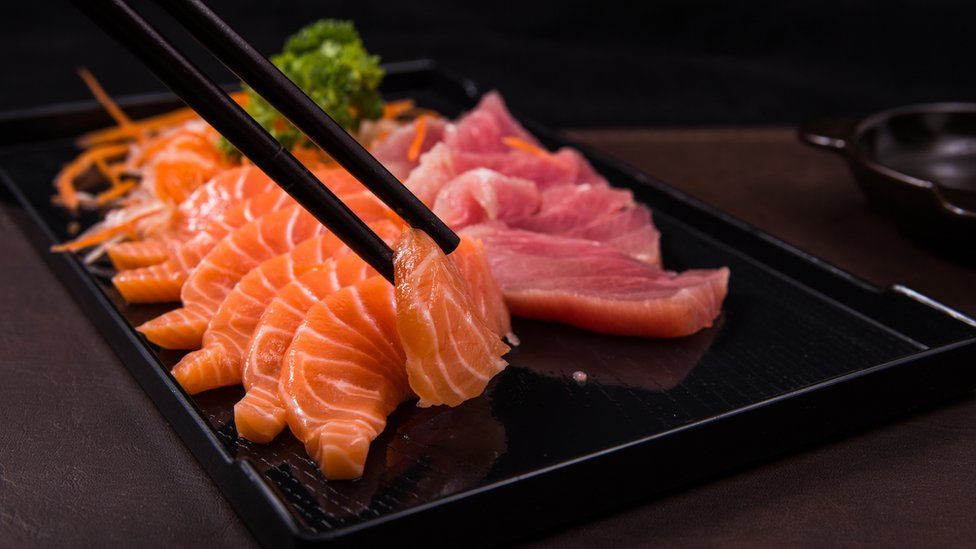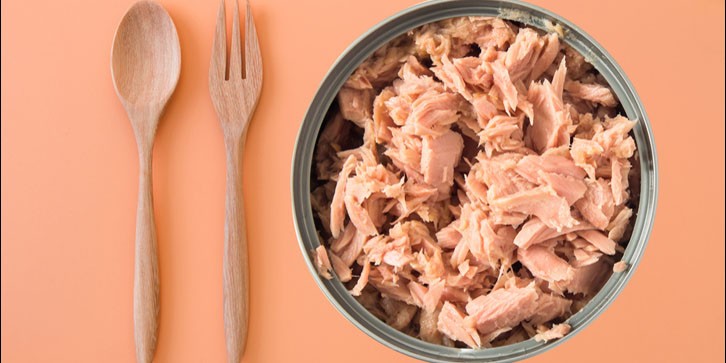In the case of canned tuna, it has been already cooked once so it is safe to eat in the raw version.
One of the largest differences between canned salmon and canned tuna is that canned salmon has been fully cooked, while canned tuna canning process was only partially completed. Throughout their journey from ship to supermarket, computers designed this product’s packaging so it stays fresh for a few more days at least. Benefits and Advantages of Canned Salmon
The core reasons for choosing canned salmon are high quality, freshness and flavor. All the health benefits added to it may bring in your decision. Let’s talk a little about some of them.
Egg Quality Today, every food manufacturing company is forced to do product development methods focused on growing their business. As they try to find ways to retain popularity through all avenues, they have borrowed certain traditions from various cultures of course. One such thing includes egg laying and how chickens eat, drink and live in different climates ranging from abundant with incredible coldness and heat to low humidity conditions like swamps. They have developed different egg quality characteristics depending on what the chicken eats. So
What is Raw Tuna?

Although tuna is commonly seen as a cooked food, it can also be consumed in its raw form. Quite frankly, there’s really no difference between the two versions – cooked or raw. In fact, many health experts advocate for people to consume tuna in its raw form because it is a very healthy option.
Tuna is a complete protein and contains high levels of omega-3 fatty acids. In addition, tuna is a good source of vitamin B12 and vitamin D. Interestingly, tuna is also a good source of selenium, which helps to protect the body against cancer. So if you’re someone who wants to include more healthy foods in your diet, then tuna is an excellent option.
Canned Fish Wholes Process

When it comes to canned fish, there are a few things to keep in mind. The first is to make sure that the fish was cooked properly the first time around. This means that it was either steamed or boiled in water before it was packaged and stored. The second thing to consider is whether or not the fish is still raw. In the case of canned tuna. It has been already cooked once so it is safe to eat in the raw version. If it is raw, you should avoid eating it, especially if it has been stored at elevated temperatures.
This can lead to excessive oxidation and spoilage. If you get fish home after buying it and freezing. Don’t freeze it until the package is completely defrosted and completely cooled. Never try to replace thawed frozen flounder with previously frozen meat that is thawed before either cooking or serving because of the bacteria (salmonella) found on surfaces in cold environments or under refrigeration conditions. Clotting is a health concern due to surface changes. Make sure that you really don’t want another one like it even if it was fresh out of the ocean!!! Today
Canned Salmon Process

If you’re looking for a healthy and affordable seafood option, canned salmon may be a good choice. The National Cancer Institute reports that consuming two servings of wild salmon per week has benefits for your overall health, including reducing your risk of cancer. However, not all canned salmon is created equal.
When it comes to canned salmon, there are two main types: fresh and frozen. Canned salmon typically contains either a fresh or frozen fish fillet that has been soaked in water, pressured through a canning process and then sealed in oil or water. Like many processed foods, canned salmon can be high in saturated fat and mercury. Studies suggest that eating canned salmon regularly may increase your risk of heart disease, stroke and other chronic illnesses.
To make the most informed decision about which canned fish to buy, be sure to look for products that have been chilled after being sealed and are clearly labeled as “fresh” or “frozen.” Avoid cans with names such as “light tuna,” “albacore” or “sashimi-grade”; these products typically contain lower-quality fish. Be
Pros and Cons of Eating Canned Meats in the Raw Version
When it comes to prepared foods, we all have our preferences. Some people love the simplicity and convenience of pre-made dishes, while others may find the thought of cooking a meal daunting. However, with canned meats, those on the raw food diet may have to reconsider their stance.
Banned from the raw food diet for containing harmful bacteria such as Listeria. Many proponents of this dietary lifestyle. maybe surprised to learn that canned tuna is already cooked. In fact, most cans of tuna are heated to temperatures up to 176 degrees Fahrenheit prior to being sealed in order to prevent spoilage. This means that the tuna is no longer raw and can therefore be consumed in its uncooked form.
Risks of Eating Uncooked Food
Uncooked food is thought to have many drawbacks. It is important for our bodies to be able to fully digest and assimilate our food. By eating cooked food, we are limiting our chances of getting all the nutrients and antioxidants, they say. Which our body needs. While it is true that some nutrients are lost during cooking.
Proponents of a raw food diet claim. This damage is irrelevant compared to bacterial contamination and other potential health risks.
Canned meats have the advantages and disadvantages of eating them uncooked.






Your point of view caught my eye and was very interesting. Thanks. I have a question for you. https://www.binance.info/ka-GE/join?ref=FIHEGIZ8